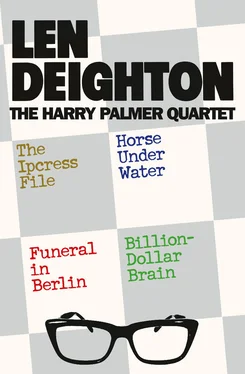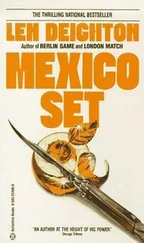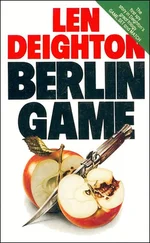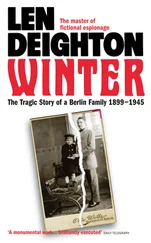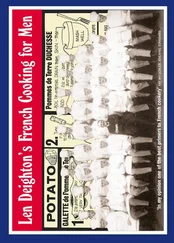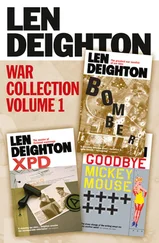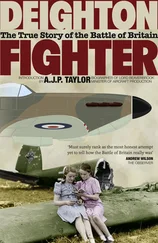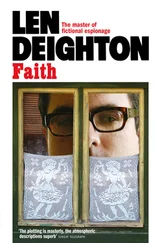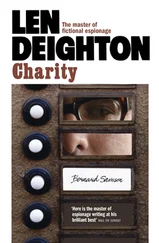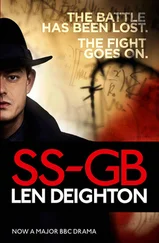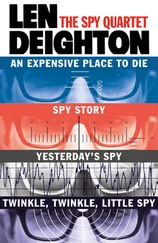‘Laboratory Field’, or ‘Lay Field’ as the Americans had rather perversely shortened it, comprised the whole of this island, which was one of the hundred that made up the whole atoll. In ninety days they had equipped the islands with an airfield, suitable for dealing with both piloted and non-piloted aircraft; two athletic fields, two movie theatres, a chapel, a clothing store, beach clubs for officers and enlisted men, a library, hobby shops, vast quarters for the Commanding General, a maintenance hangar, personnel landing pier, mess hall, dispensary, a PX, post office, a wonderful modern laundry and a power plant. At one time during the test we were told there were ninety baseball teams in ten organized leagues. The telephone exchange could handle more than 6,000 calls per day; one mess alone served 9,000 meals per day, and a radio station operated around the clock, and buses across the island did likewise. I wish that London could match it. Dalby, Jean and I wore plastic badges showing our photos and description. Across the badge a large letter ‘Q’ was printed. It granted us entry to even the secret laboratory areas.
We spent the first few hours looking around the project. An army major with an amazing memory for facts and figures went around with us. The bomb to be exploded was a ‘fractional crit bomb’, the major explained to us. ‘Uranium, when enough (that is a critical mass) of it comes together, explodes. But if the density is squeezed, the same explosion can come from a smaller quantity. So high explosive is placed round a small sphere of U-235, or plutonium. This means that only a fraction of the critical mass is needed, hence “fractional crit bomb”.’
The major looked at his audience like he expected applause and went on to explain about ways in which it had become possible to dispense with tritium and with refrigeration, so making the bomb cheaper and easier to produce. He left me back there with the ‘fractional crit’ stuff, but we let him go on.
We flew out to the island where the detonation was to take place. The whole island was a mass of instruments, and it coruscated in the bright tropical sunshine. The major pointed them out to us. He was a short thickset man with rimless glasses and a blue chin who looked like Humpty Dumpty in his white helmet liner with ‘Q’ painted on it, but then perhaps we all did. There were the photocells, photo-multipliers, ion chambers, mass and beta ray spectographs. Standing in the middle of this sandy arena, surrounded by machines, with dozens of human attendants, in godlike splendour, was the shot tower. A great red-painted metal tower 200 feet high. Round the base of the tower were huge notices reading ‘DANGER’ and under that, with not so typical American understatement, the words ‘High Explosives’.
The sun sets and goes out like a flash-light in the tropics and it was low in the sky as we clattered along the hardboard corridors of Main Block Three. It was the third conference of the day and the ice-water was slopping around inside me like the documents in an untidy brief-case – my briefcase for instance. We got there before the meeting had begun and everyone was standing around giving each other the old stuff about retreads, PTA meetings, and where to go for a good divorce. I could see many people I knew. From ONI; from State Dept Intelligence, and the many separate US Army Intelligence departments. Standing alone in the corner were three young crew-cut collegiate men from the FBI – pariahs of the US Intelligence Organization – and not without reason.
Against the shuttered light of the window I saw a couple of colonels I remembered from a stint with the CIA Bankrolls – thicker, hair thinner and belts longer. ‘Skip’ Henderson had made major, I noticed – one of the brightest Intelligence men I knew. His assistant, Lieutenant Barney Barnes, wasn’t with him today. I hoped he was around somewhere. Barney and Skip were people who listen a lot, tell you that you are a sensation, and at the end of a couple of hours you begin to think it’s true. Skip gave me the high sign. Dalby was well into a finger-stabbing duel with Colonel Donahue. Jean was sifting through her shorthand notes, and pencils to separate them from skin food, wych-hazel, eyebrow pencils and lipstick. Before I could edge round to Skip, the chairman, Battersby, the US Intelligence Department’s logistic king, made coughing noises. He felt he’d left enough time between the late arrivals – us – and starting the motors, to save us embarrassment. We sat down, all fourteen of us round the long mess-hall table; in front of each of us stood some white paper, a Zippi Speedball pen, a book of matches that said, ‘Pestpruf roofing’ followed by an address in Cincinnati, and a clean drinking-glass. In the centre of the table four plastic jugs held cold American water in vacuum-stoppered frigidity. We all waited for Battersby to kick off.
‘Well, we’ve all had a tough day, so we won’t … say – get one of those guys outside to fix these darn fans, will you?’
Someone slid across to the door and held a whispered conversation with the Air Policeman outside. We all tried to listen to both conversations at once. A white plastic helmet liner looked round the door. He wanted to make sure that a roomful of people without fans really existed. Battersby saw the movement.
‘Just get some fans on in here, son, will you?’ he boomed, then turned back to us. ‘Try to get a little agreement round here. Guess all you people know each other.’ This was a cue for all those healthy well-laundered Americans to politely display thirty-two teeth at Jean. I shifted uncomfortably in my drip-dry shirt that had become a bundle under my arm-pits.
The little information officer who had been showing us the set-up went to the blackboard and drew a circle; inside it he wrote ‘Uranium 235 (or Plutonium)’. He tapped the circle with his chalk. ‘Hit this with a Uranium 235 bullet and you get fission – a self-sustaining reaction.’ Over on the right-hand side of the board he wrote ‘July 16, 1945.’
‘Exactly the same principle gave us the “thin man” bomb. Hiroshima.’ The major wrote ‘August 6, 1945’ under the first date. ‘Now for the “fat boy”. That took out Nagasaki.’ He added August 9 to the list and drew another circle. ‘This,’ he made the circle very thick with the side of his chalk, ‘is made of plutonium with a hollow centre; you implode it. That is to say let it collapse on to itself like a burst balloon by having it surrounded with something that gives you a big bang forming,’ he wrote ‘crit mass’ in the centre of the thick circle. ‘A critical mass. OK?’ He wrote ‘August 28/29? 1949’ and turned to face us again. ‘We are not sure of the exact date.’ I’ll bet Ross could tell you, I thought, and I felt a little glow of vicarious pride. 1 The major went on, ‘We think that is the sort of bomb the reds exploded in 1949. Now then we get to the Eniwetok blast.’ He wrote ‘November 1, 1952’ under the other dates.
He drew another circle on the board and wrote ‘deuterium’ inside it. ‘Also called heavy hydrogen,’ he said, tapping the word deuterium. Alongside the first circle he drew two more. Missing the centre circle he wrote the word tritium into the third circle. ‘Tritium is also called super-heavy hydrogen,’ he said, tapping it. ‘Now what happens in a hydrogen blast? These two fuse. It is a fusion bomb which creates a chain reaction between these two: heavy hydrogen and super-heavy hydrogen. It heats them by a trigger of what?’ He turned to write the answer into the centre circle. A colonel said, ‘Super-duper heavy hydrogen.’ Humpty Dumpty turned round and then laughed, but I wouldn’t have cared to be a captain that said it.
The major drew a chalkline connecting the earlier diagram with the centre circle. ‘The trigger is an atomic bomb. Making it a fission-fusion device. Now in the larger bomb we use a different substance. Uranium 235 is expensive, but Uranium 238 is cheaper but needs a lot more get-up-and-go to be triggered. You surround the trigger with a layer of 238,’ he drew a diagram. ‘But this tends to give a lot of fallout as well as a big energy release. Now you can see that all these bombs, including the red H-blast …’ he wrote ‘August 12, 1953’ on to the list … ‘These bombs all have a standard primitive A-bomb centre and are called fission-fusion-fission bombs. OK?’
Читать дальше
